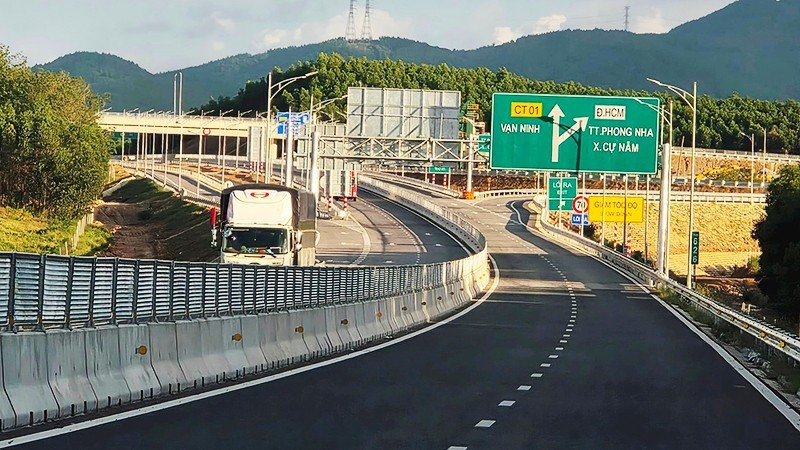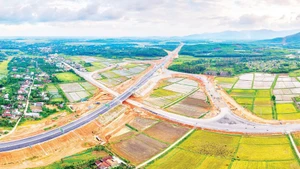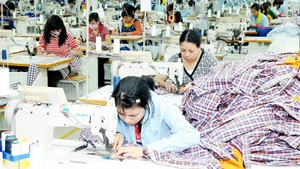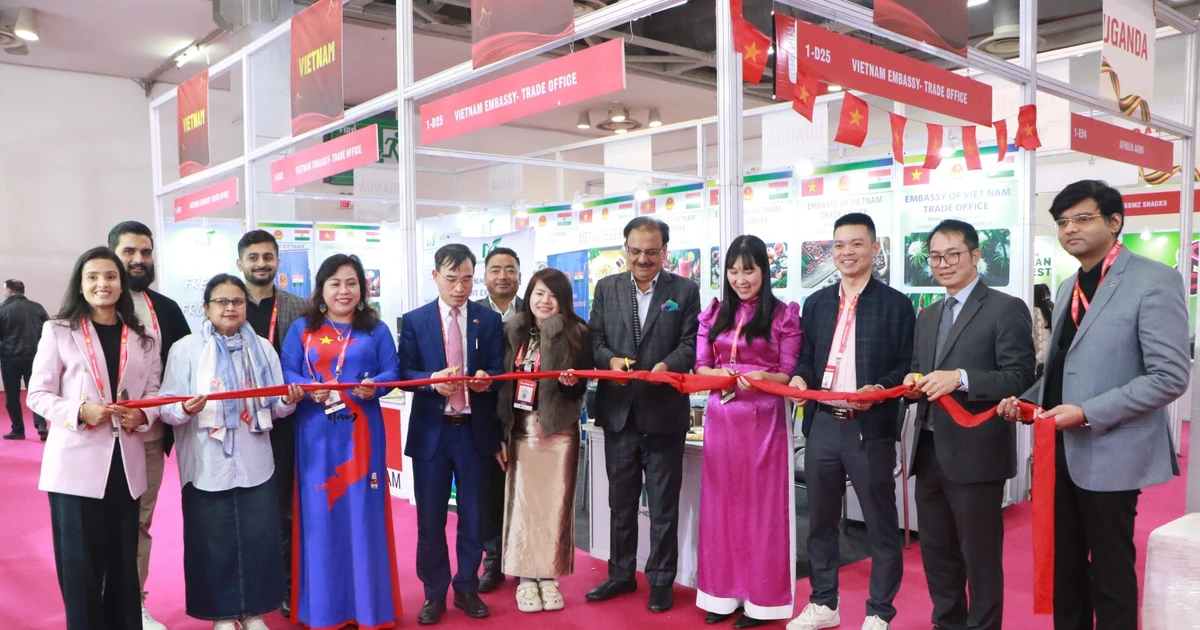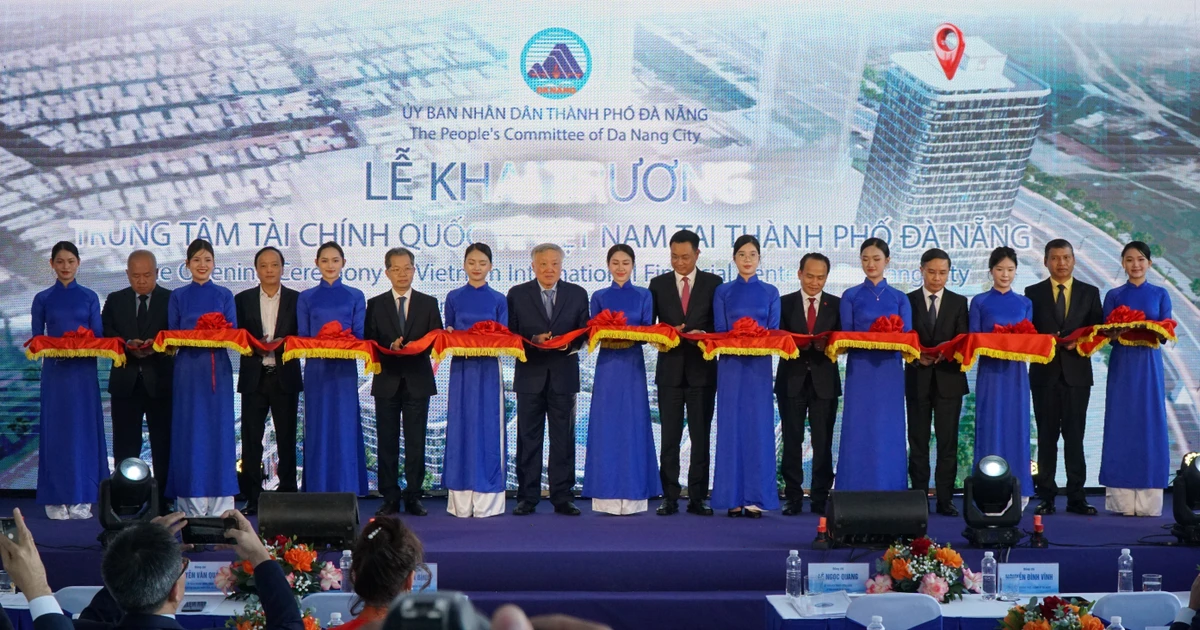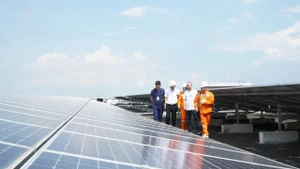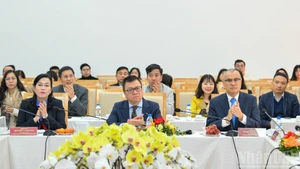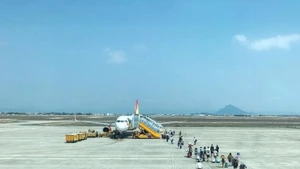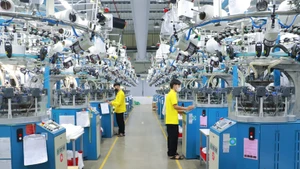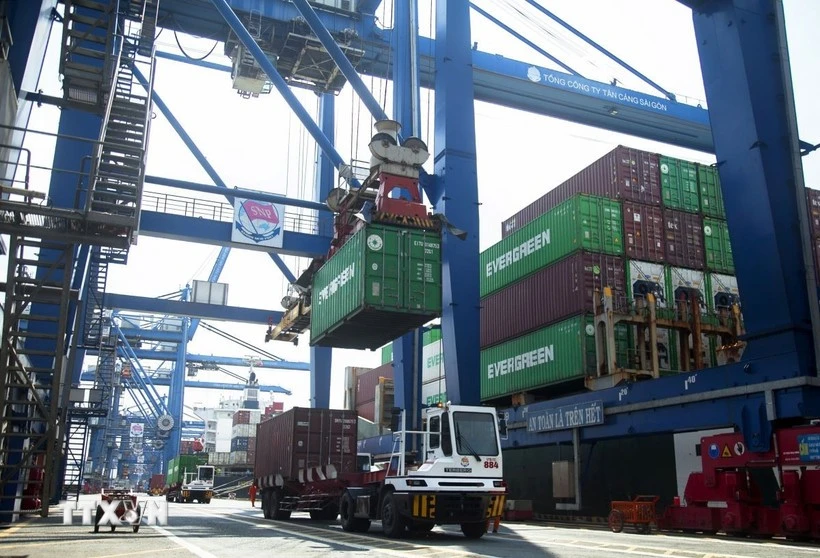In the second quarter of 2025, Viet Nam’s GDP expanded by 7.96%, topping the ASEAN-6 group (Viet Nam, Malaysia, Singapore, Indonesia, the Philippines, and Thailand). This figure was nearly three times Thailand’s rate.
Compared with Indonesia’s 5.12% and the Philippines’ 5.5%, Viet Nam outperformed thanks to the strength of industry, construction, and services. Meanwhile, Singapore and Malaysia maintained moderate growth rates, both lower than Viet Nam’s. It is clear that the domestic economy is currently at the forefront of the region.
An outperforming economy
With this impressive performance, the ASEAN+3 Macroeconomic Research Office (AMRO) raised its forecast for Viet Nam’s 2025 growth to 7%, up from 6.5% in April. The key drivers include domestic consumption, exports, and the strong recovery of manufacturing and services.
According to AMRO Chief Economist Dong He, while Viet Nam maintains robust growth, expectations for some other countries are more subdued. AMRO cut its growth forecast for Southeast Asia, China, Japan, and the Republic of Korea to 3.8% for this year and 3.6% for next year, down from April’s projection of 4.2% for 2025 and 4.1% for 2026. The main reason is global trade uncertainty, particularly the US new tariff policies.
Beyond tariff risks and geopolitical tensions, the possibility of deeper recessions in the US and Europe, along with prolonged high interest rates in the US, are also weighing heavily on the region’s growth outlook.
“Viet Nam still has sufficient policy space to support the economy if needed, while ongoing reforms in the investment climate and infrastructure are strengthening its solid position,” AMRO noted.
Similarly, in its second-quarter economic growth report, Singapore’s UOB Global Markets and Economic Research Department raised its forecast for Viet Nam’s 2025 growth by 0.9 percentage points to 6.9%. UOB suggested that the most difficult phase of trade tensions with the US has passed, projecting moderate export growth this year. Exports to markets outside the US are expected to rise by 10%, close to the 11.3% increase in 2024. Overall exports are forecast to grow by 8.5%, much lower than last year’s 14%.
Based on these assumptions, factoring in production and FDI inflows, UOB’s model estimates that 2025 GDP will be 0.9 percentage points higher than its previous forecast, at 6.9%, compared with 7.09% in 2024. For the last two quarters of the year, UOB projects GDP growth of around 6.4%. Under this scenario, realised FDI inflows are expected to reach about 20 billion USD this year.
In contrast to AMRO and UOB, the Asian Development Bank (ADB) has revised down Viet Nam’s GDP growth forecast from 6.6% to 6.3% for 2025 and from 6.5% to 6.0% for 2026. The downgrade reflects the anticipated dampening effect of new retaliatory tariffs imposed by the US on Viet Nam’s exports in the latter part of 2025 and into 2026.
Nevertheless, ADB maintains that Viet Nam’s economic outlook remains resilient for 2025 and 2026, supported by strong import-export activity and significant increases in FDI disbursement during the first half of 2025.
“Despite mounting risks from tariff uncertainty, swift and effective domestic reforms can mitigate these risks by reinforcing internal growth drivers,” ADB stated.
Approaching the 8% growth target
Despite a solid medium- and long-term growth foundation, stronger FDI inflows and an enhanced position in global supply chains, CEO of Standard Chartered Viet Nam Nguyen Thuy Hanh expressed some concerns. Short-term trade prospects are slowing, with GDP growth in the second half of 2025 projected at around 4.9%. Full-year growth may only reach 6.1%, below the earlier forecast of 6.7%.
Hanh stressed the need for a comprehensive set of measures to strengthen economic resilience. Priority should be given to accelerating public investment disbursement, particularly in key infrastructure projects, to create spill-over effects, boost productivity, and attract more foreign capital.
She also highlighted the importance of fully leveraging free trade agreements (FTAs) to enhance Viet Nam’s role in global supply chains by reinforcing manufacturing and supporting the development of high value-added sectors. Diversifying industries and FDI flows is crucial amid the ongoing restructuring of global supply chains. Expanding into non-traditional sectors not only reduces dependency risks, but also lays the foundation for sustainable growth.
On the macroeconomic front, Hanh suggested that the Government maintain a balanced monetary policy that controls inflation while ensuring credit access for businesses, especially in the private sector.
“If Viet Nam focuses on these key areas, it can overcome near-term challenges and sustain strong, balanced growth not only in 2025 but also in the years ahead,” she said.
Meanwhile, Dr Adeel Ahmed, economics lecturer at RMIT University Viet Nam’s Business School, emphasised the pivotal role of public investment. Beyond its direct contribution to economic growth, public investment can channel private capital into critical areas such as upgrading infrastructure, advancing national priority projects, optimising the energy system, and developing renewable energy sources aligned with each stage of growth.
Dr Adeel Ahmed argued that to achieve the ambitious GDP growth target of over 8%, Viet Nam must pursue structural reforms alongside timely policy interventions informed by international experience. A key step would be boosting income and savings to stimulate domestic consumption, for instance, by revising the Personal Income Tax Law.
Thus, the upcoming development strategy should prioritise public investment as the foundation. External resources such as FDI would serve as complementary drivers. By positioning public investment as a growth anchor, Viet Nam can secure independence, resilience, and adaptability in the face of international disruptions.
Viet Nam should also sustain a business-friendly fiscal environment by reviewing its tax policies. Tax increases should be avoided unless absolutely necessary, as they could erode domestic firms’ competitiveness. Where required, tax reforms should align with long-term goals and be implemented gradually over two to three years. The Government should also reconsider fee and exemption policies, including lowering land-use fees, to offset rising costs. Adjusting legal frameworks is essential, while simplifying tax refund procedures would help improve liquidity.
Accelerating structural reforms is equally critical, including infrastructure investments to ease bottlenecks. Upgrading industries towards high-tech and environmentally friendly models are indispensable. Supporting small and medium-sized enterprises, amplifying the spill-over effects of FDI, and fostering human capital development are also vital.
“Policies must ensure macroeconomic stability, enhance transparency, and leverage trade agreements to diversify markets. With strong political will and focused action, Viet Nam can move closer to its 8% growth target,” Dr Ahmed affirmed.
From AMRO, UOB, and ADB to Standard Chartered, experts concur that robust domestic fundamentals, steady FDI inflows, accelerated public investment, and comprehensive domestic reforms are the key pillars sustaining Viet Nam’s growth. While challenges from global trade, tariffs and volatility persist, these factors provide Viet Nam with the flexibility to adapt, strengthen its role in global supply chains, and advance confidently towards achieving the medium- and long-term GDP target of 8%.
